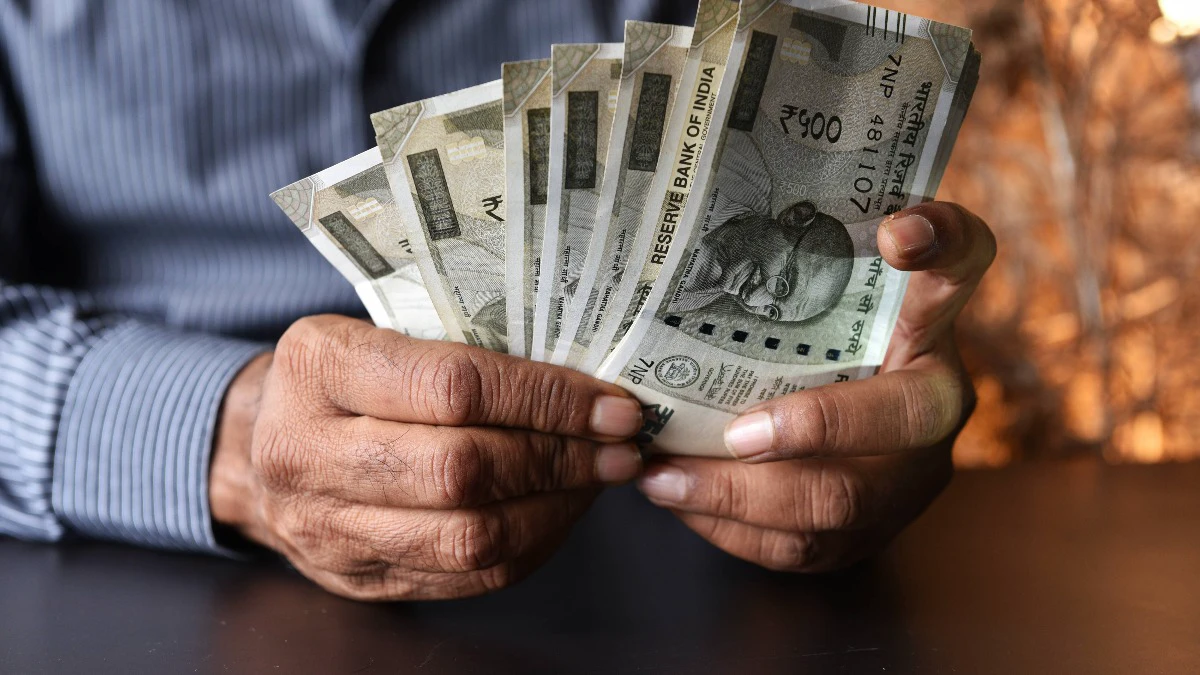India’s middle class is drowning in debt and most don’t even realize how deep. A staggering 33% of monthly salaries are vanishing into EMIs before rent, groceries, or savings are even factored in, according to a new study by Perfios and PwC.
The data, drawn from over 3 million tech-savvy Indians, paints a bleak picture of rising financial fragility. For many, EMIs aren’t just a burden, they’re a lifestyle. And it’s getting worse.
Senior analyst Sujay U, sharing the findings on LinkedIn, notes that high earners are hit even harder, with up to 45% of their income going toward loan repayments.
These debts span everything from home and auto loans to credit cards and flashy buy-now-pay-later schemes.
By the end of 2024, household debt in India has surged to 42% of GDP-a number that should “rattle us all,” Sujay warns. In cities like Mumbai, just paying the home loan can eat up nearly half a paycheck.
This EMI squeeze is leaving little room for building emergency savings or long-term investments. National savings have collapsed to 5.3% of GDP, a 47-year low.
The risks are systemic. Any shock to income-job loss, illness, recession-now carries a high risk of default. The RBI has already flagged a rise in delinquencies, particularly in unsecured and microfinance loans.
Sujay calls out the cultural shift behind the crisis: “The new EMI-driven lifestyle means flashy gadgets and instant gratification, but it’s debt-driven and threatens long-term financial health.”
He adds a blunt warning: EMIs crossing 40% of net income are a red flag. Financial literacy and budgeting, he says, are no longer optional-they’re survival skills.
